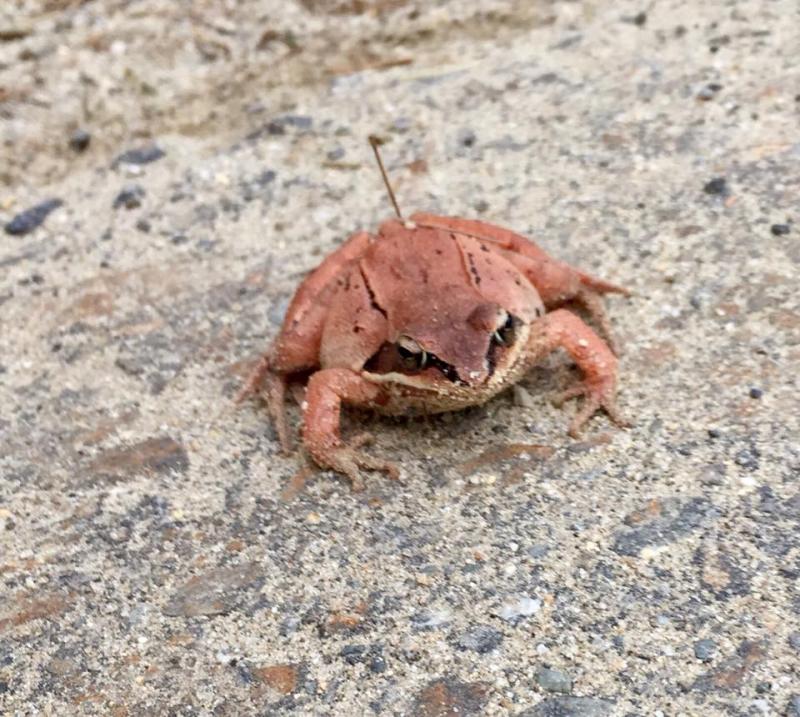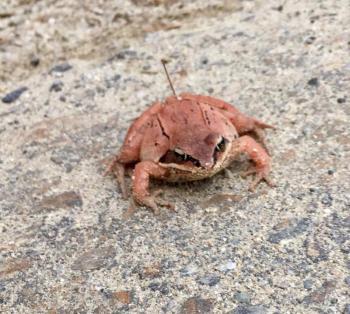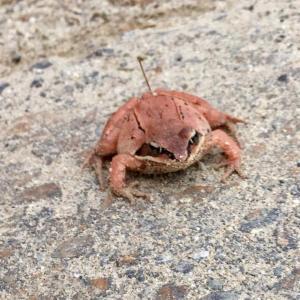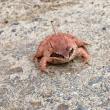Henry Laurita: Spring, when bats, racoons and other Maine creatures emerge from torpor, hibernation
The time of year has come to shuffle off the carapace of winter and greet the spring. Our part of the world is tilting towards the sun and the days are lengthening; snow has melted, and temperatures are rising — all in all it’s a good time and place to be an organism. As usual, I’d like to step past what people are experiencing from the spring air and look in on the other animals around us.
For the most part, I think the feelings are the same. Winter is long. The nights are cold and food is scarce just when you need more to keep warm. With spring comes longer, warmer days, more food, increased activity and perhaps the chance of a mate- things any animal from man to microbe can appreciate.
Spring marks the time many animals emerge from a state of dormancy, one of the cunning ways to beat the winter — the others being migration and roughing it. Winter dormancy takes many forms, from the classic example of mammalian hibernation to the extreme example of the wood frog. I would like to share some examples that I think show the genius and hardiness of the species around us.
The little brown bat is a true Maine hibernator. In the fall and spring, it lives in a subdued state known as torpor where it slows its bodily functions (and reduces its energetic needs) in response to colder weather. In winter they enter an extended period of torpor and may not rouse themselves for three months. This is also called hibernation.
Little brown bats will drop their body temperatures and reduce their heart rates from above 200 to around 10 beats per minute. These changes allow them to draw out their energy stores for immense durations, like putting your phone on power-saver mode.
They can emerge from their wintertime hibernacula 25% lighter than when they entered.
Groups of over 150,000 have been known to congregate in mass hibernating events, although the numbers in colonies seen today are much lower. One reason is the devastating fungus that causes White Nose Syndrome.
WNS seems to be a disease perfectly adapted to exploiting hibernation. It spreads readily through physical contact (you can imagine how quickly it passes between a cluster of bats huddled together against the cold) and it grows best in the range of body temperatures occupied by hibernating bats. Infected hibernacula (areas, like caves or mines, where bats hibernate) average losses of around 90% over the winter.
In response, roughly half of these bats now hibernate alone, a drastic increase from the 1.2% who did so before WNS became prevalent. This clever shift in behavior, if it does not stop the disease from spreading, will certainly slow its progress.
There is some debate about what makes an animal a ‘true’ hibernator.
Some hold that groundhogs, bats and meadow jumping mice are the only true hibernators in Maine, while animals like skunks and bears don’t display levels of deep enough torpor to qualify.
The line between torpor and hibernation is fuzzy; I think it’s all part of one spectrum.
Some animals really knock off for the winter, while others occupy a torpid state that cycles in days or hours (like the hummingbird). In all cases of animals who enter dormancy for the winter, metabolic activity and bodily functions are hugely depressed.
Animals hibernate in response to a variety of environmental conditions, but their reasons are always the same – to reduce their energetic needs until a more plentiful time comes. In Australia, some echidnas hibernate after forest fires. Knowing meals will be scarce, they make their stores last until their food supply has time to recover. In this part of the world, animals hibernate to sidestep the energetic cost of remaining active in the winter.
Racoons and skunks will hunker down in dens for the winter, living off the fat stores they have liberally added to in the fall. They enter a state of torpor, allowing their stores to last longer. Additionally, they can emerge and forage on warm winter days.
Bears similarly cultivate fat in preparation for the winter and may lie dormant for up to 100 days (much longer than the racoon or skunk). Bears waste nothing in torpor. They stop expelling waste and keep recycling the products to leech out all the nutrients they can.
Hibernation is much different than sleep. In torpor, all physiological function is reduced, including brain activity. In sleep, on the other hand, restorative subconscious activity is still turned on. One hypothesis for why groundhogs rouse from hibernation up to 20 times a winter is that they need to sleep!
Hopefully, I have shown that there is no one way animals hibernate. Each species has its own strategies adapted to specific needs.
Not just mammals go dormant
All the hibernators I’ve talked about so far have been mammals, but they are not the only Maine animals to enter dormant states in winter.
The strategy of the wood frog shows the extreme changes animals will endure to avoid the costs of staying active in the winter. When winter rolls around and the ground freezes, wood frogs simply freeze with it. Increased glucose concentrations in vital organs keeps them from forming ice crystals, but the rest of the frog turns as solid as a rock.
Their heart and lungs take the winter off and the frog enters suspended animation. When the warm spring rains return, the wood frog thaws and gets on with its daily business.
Racoons and skunks aren’t the only animals to dig burrows for the winter. Bumble bees spend the winter underground too. New queens are born to the colony in the fall and dig their burrows against the winter that kills the old queen and all the workers and drones of the colony. New queens emerge in spring to carry the genetic torch. They must find a suitable nesting site and rebuild the colony from scratch in the span of a summer. In the fall, the next lines of queens are born and the cycle continues.
The unobtrusive wooly bear caterpillar is another unlikely survivor. The recognizable brown and rust banded caterpillar, which becomes a beautiful tiger moth, entirely freezes in the winter and thaws in the spring. Winter in Maine must be easy for these creatures, as their northern range extends well into the arctic circle- 450 miles from the north pole. With brief arctic summers it may take the caterpillar over a decade to consume enough nutrients to undertake the transition to moth. It survives only a few days in the winged form it has labored so long for- just long enough to mate and start a new generation on its wintery way.
Maine-dwelling humans have their own tactics for winter.
Like other animals, they tend to get fatter. Additionally, they become increasingly grumpy and irritable as winter drags on. It is unclear what purpose this behavior serves. Perhaps they should consider the life of the arctic wooly bear caterpillar the next time February has them down. In any case, those days are rapidly melting away and now it’s the odd animal who does not turn up their nose, snout or antennae to relish the spring air and promise of warmer days.
Event Date
Address
United States





























